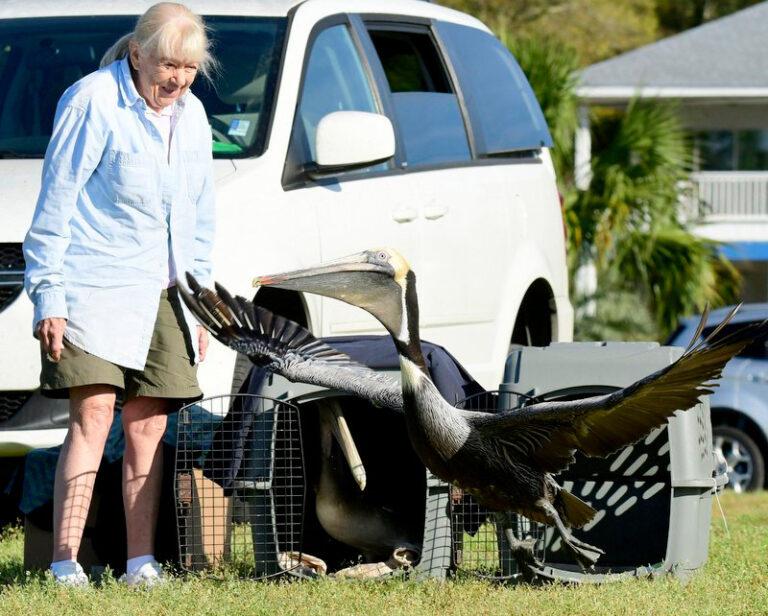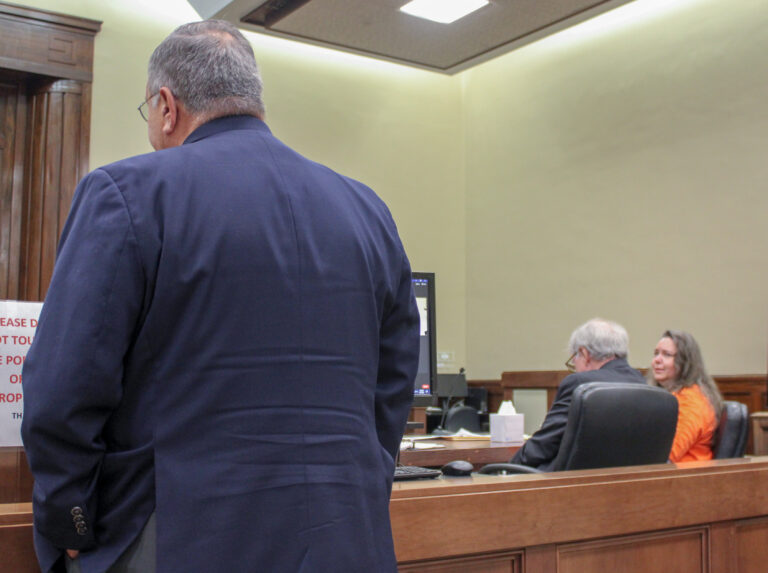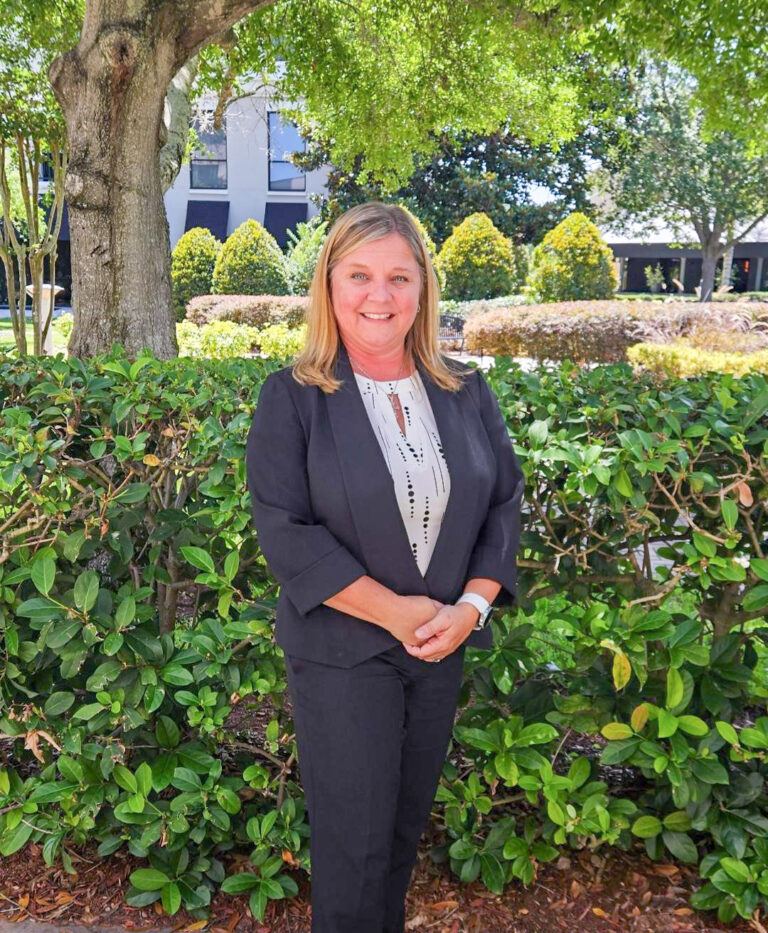Legacy Post Disclaimer
This is a #Legacy post imported from The Apalachicola Time’s previous platform. If you’re experiencing issues with this article, please email us at news@nevespublishing.com.
Citrus crop forecast continues to sour
Florida’s struggling citrus industry continues to see a decline in the crop for the current growing season, with the harvest on track for the lowest yield since before World War II.
With the latest sign of trouble for the industry attributed to a recent cold snap, the U.S. Department of Agriculture on Friday dropped its Florida orange forecast by more than 7 percent from the March update, pushing the decline since the first forecast was issued in October to nearly 19 percent.
Meanwhile, grapefruit production has been cut nearly 8 percent from earlier predictions.
“After cold weather events, we expect to see dips like this,” Shelley Rossetter, the Florida Citrus Commission’s assistant director of global marketing, said in an email Friday. “They are never what we want to see but are a part of the set of challenges growers face every season.”
Despite an increased demand for orange juice at the start of the coronavirus pandemic, the industry has been on a downward projection for nearly two decades because of residential and commercial development, foreign imports, changes in beverage-consumption habits and, since 2005, an incurable bacterial disease known as citrus greening, or Huanglongbing.
The 2020-2021 season ended with 52.8 million industry standard 90-pound boxes filled by oranges. Another 4.1 million boxes contained grapefruit and 890,000 boxes were filled by specialty crops, which are mostly tangerines and tangelos.
The overall citrus crop for the current year is on pace to fill 42.6 million boxes, including 38.2 million boxes of oranges, 3.6 million boxes of grapefruit and 800,000 boxes of specialty crops.
For an industry that two decades ago produced 230 million boxes of oranges and had all citrus production at 287.2 million boxes, the current season would be the smallest amount since 40.87 million boxes were produced in the 1937-38 season.
The Hurricane Irma-ravaged 2017-2018 season, in comparison, finished with about 49 million boxes.
In a prepared statement Friday, Agriculture Commissioner Nikki Fried said that her department “remains committed to supporting citrus growers every way we can.”
“This legislative session, my department and I secured more than $18 million for our citrus industry, including $8 million for research and $6 million to combat citrus pests and diseases,” Fried said. “Consumers can also help by choosing Fresh From Florida citrus when shopping to support our local citrus growers as they work to help us keep Florida growing.”
A record $112.1 billion budget (HB 5001) passed by state lawmakers this spring includes $3 million for the Department of Citrus to research citrus disease and $5 million to conduct large-scale, science-based plantings to determine steps to increase production of citrus. Half the money for the plantings would go to growers with between five and 2,500 acres.
Another $2 million would go into a greenhouse operation where citrus greening-tolerant trees and seedlings would be grown.
The budget, which Gov. Ron DeSantis has not received yet, also includes $12 million for citrus marketing, with an additional $5 million earmarked for consumer and influence engagement regarding the “awareness of the health, safety, wellness, nutrition, and uses of Florida citrus products.”





Meet the Editor
David Adlerstein, The Apalachicola Times’ digital editor, started with the news outlet in January 2002 as a reporter.
Prior to then, David Adlerstein began as a newspaperman with a small Boston weekly, after graduating magna cum laude from Brandeis University in Waltham, Massachusetts. He later edited the weekly Bellville Times, and as business reporter for the daily Marion Star, both not far from his hometown of Columbus, Ohio.
In 1995, he moved to South Florida, and worked as a business reporter and editor of Medical Business newspaper. In Jan. 2002, he began with the Apalachicola Times, first as reporter and later as editor, and in Oct. 2020, also began editing the Port St. Joe Star.